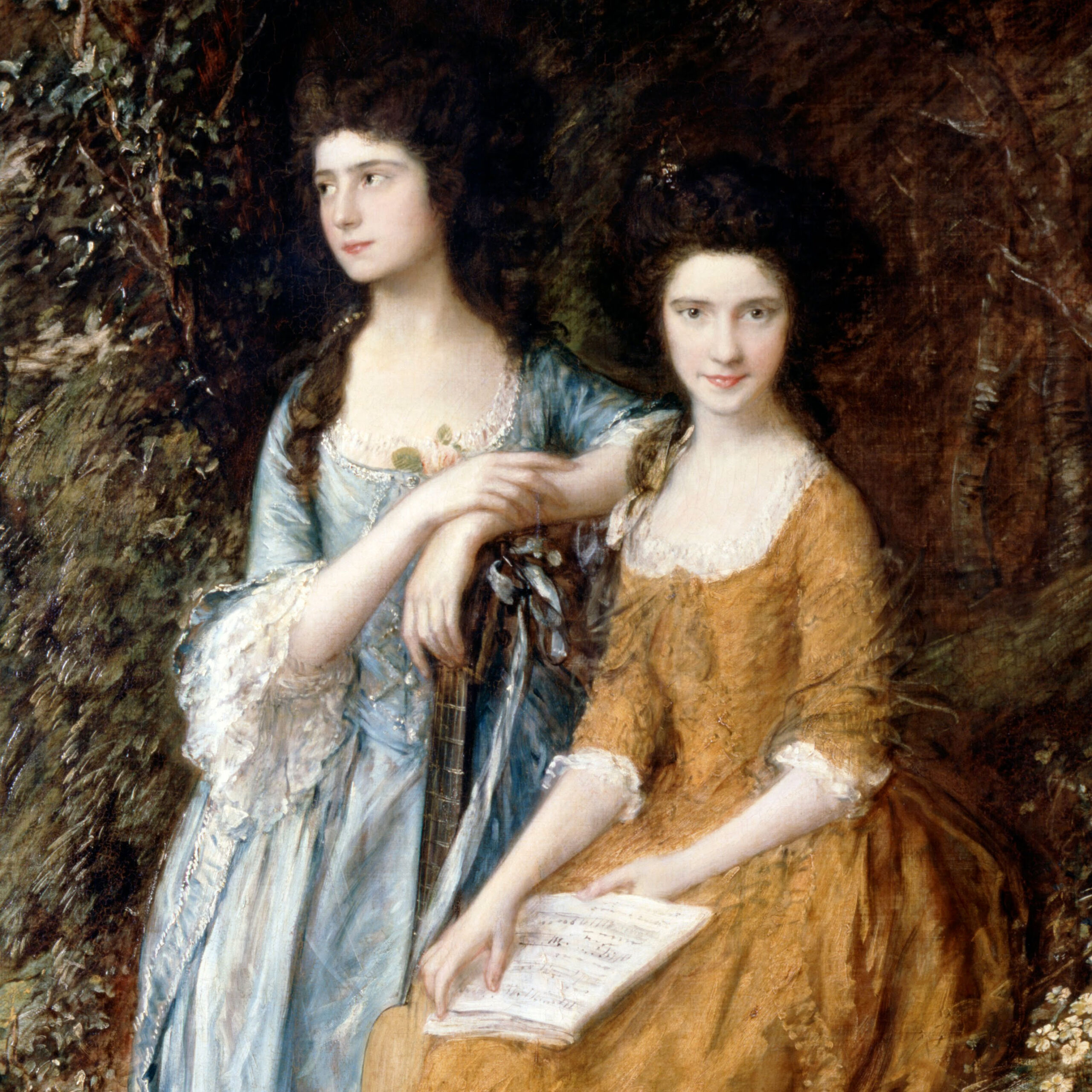Some of my most beloved memories of London have taken place in strange, intimate museums among passionate docents. The narrow, specific focus of a smaller museum can place demands on your sensibility and openness. It is not always easy to find your way ‘in’ – especially in those seemingly without a plan or purpose. If bored or confused, try to find beauty in the moment.
NORTH LONDON
Kenwood House
MAP | NORTH LONDON, HAMPSTEAD | EXHIBITION VIDEO
On the edge of Hampstead Heath and surrounded by tranquil landscaped gardens, Kenwood is one of London’s hidden gems. The breathtaking interiors and stunning world-class art collection, which includes Rembrandt’s ‘Self-Portrait with Two Circles’, are free for everyone to enjoy.
What did Kenwood House have to do with Jane Austen and slavery? If you have nothing better to do, read my thoughts on the matter… LEARN MORE
Open: Grounds: 8am – 8pm, House: 10am – 5pm

Freud Museum
MAP | NORTH LONDON, HAMPSTEAD
The Freud Museum in London is a museum dedicated to Sigmund Freud, the founder of psychoanalysis.
In 1938, after escaping Nazi annexation of Austria, Freud moved to London where Freud lived with his family during the last year of his life.
Open Daily (Summer Only), 10:30am–5pm
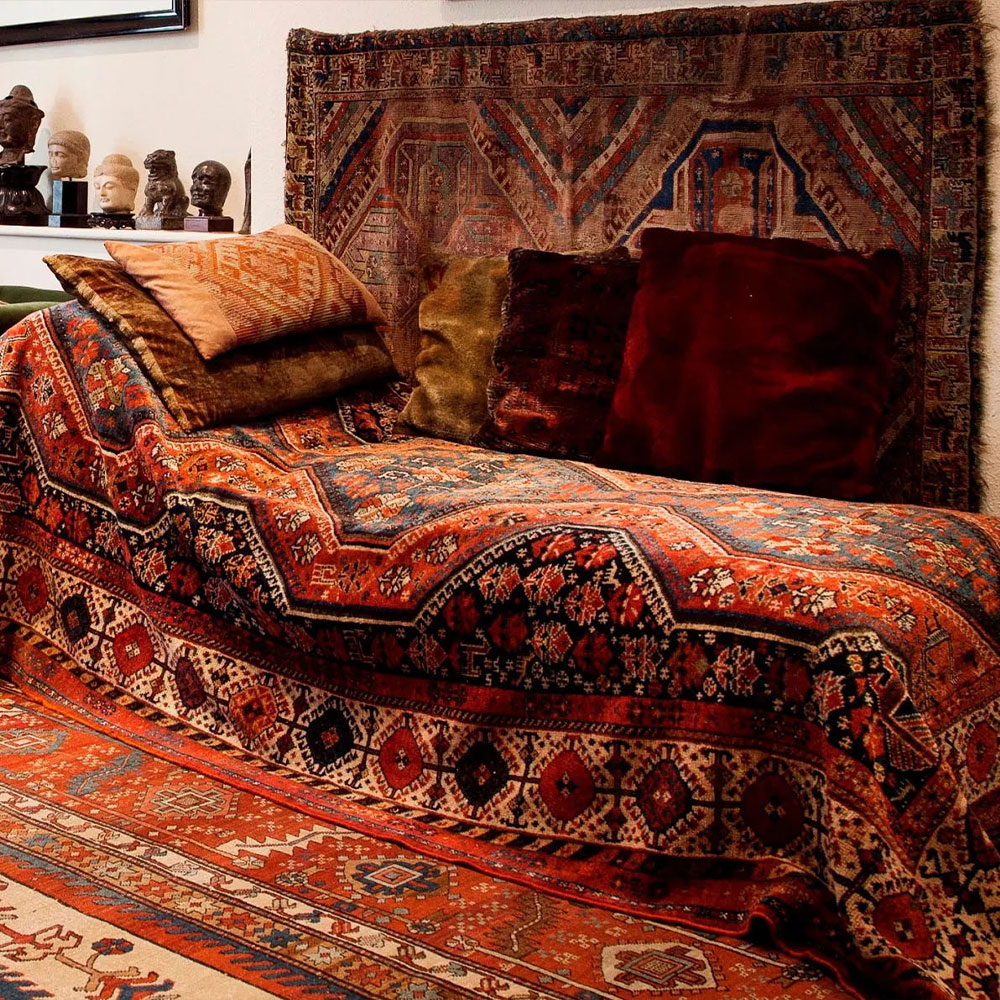
WEST LONDON
Emory Walker Museum
MAP | WEST LONDON, HAMMERSMITH
When visitors step through the door at No 7 Hammersmith Terrace they are immediately struck by how much the house feels like a home. It is this homely feel and quirkiness that people appreciate and which distinguishes it from other Arts & Crafts house museums, where curators have often edited a family’s collection of furniture and brought in Arts & Crafts items.
There are masses of marvelous Morris & Co textiles and wallpapers and furniture and other items designed by Philip Webb, but these mingle with 17th and 18th-century English furniture, Middle-Eastern rugs, and Chinese and Moroccan ceramics. Exactly how Arts & Crafts protagonists would have decorated their homes.
Open for Tours: Thurs & Sat 11am, 1pm (& in July 3pm) BOOK TICKETS
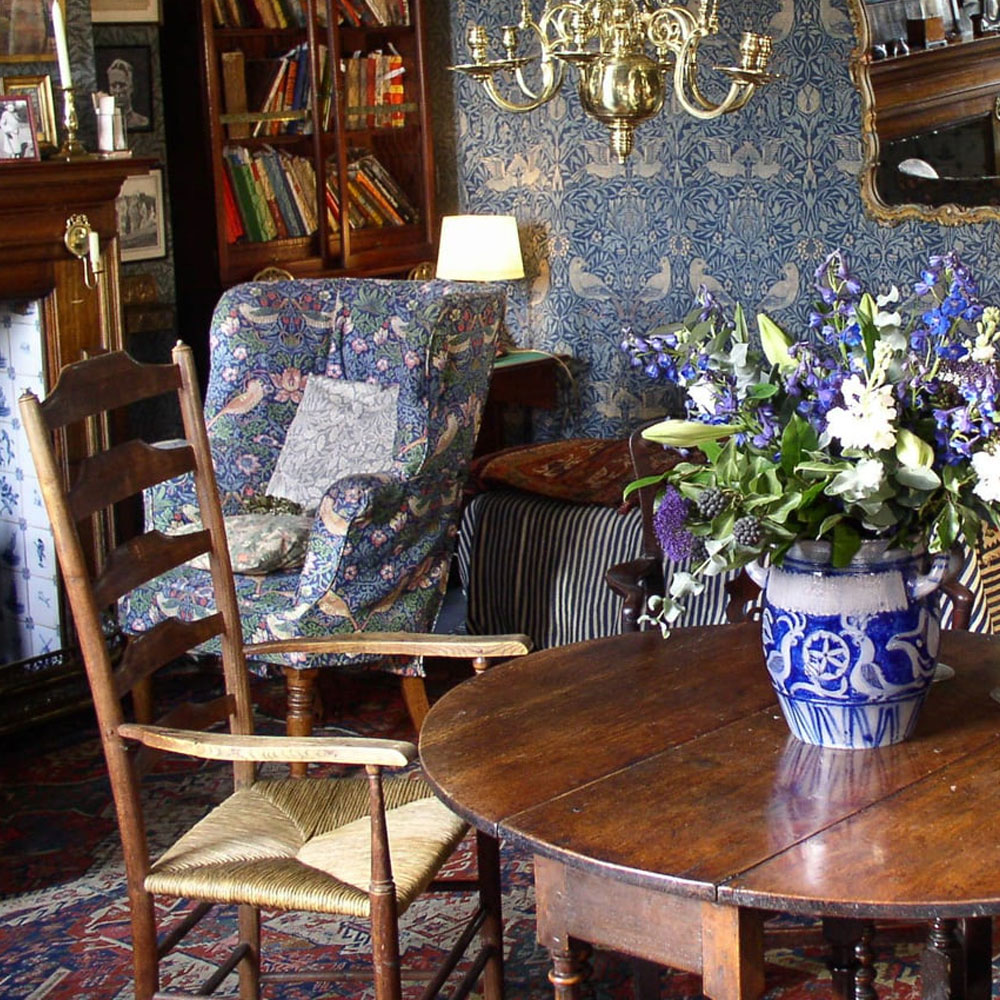
Leighton House Museum
MAP | WEST LONDON, HOLLAND PARK
One of my absolute favorites! The Leighton House Museum is an art museum and historic house in the Holland Park area in west London.
The building was the London home of painter Frederic Leighton, 1st Baron Leighton (1830–1896), who commissioned the architect and designer George Aitchison to build him a combined home and studio noted for its incorporation of tiles and other elements purchased in the Near East to build a magnificent Qa’a (room).
Open Wed-Mon, 10am–5:30pm (last entry 4:30pm)
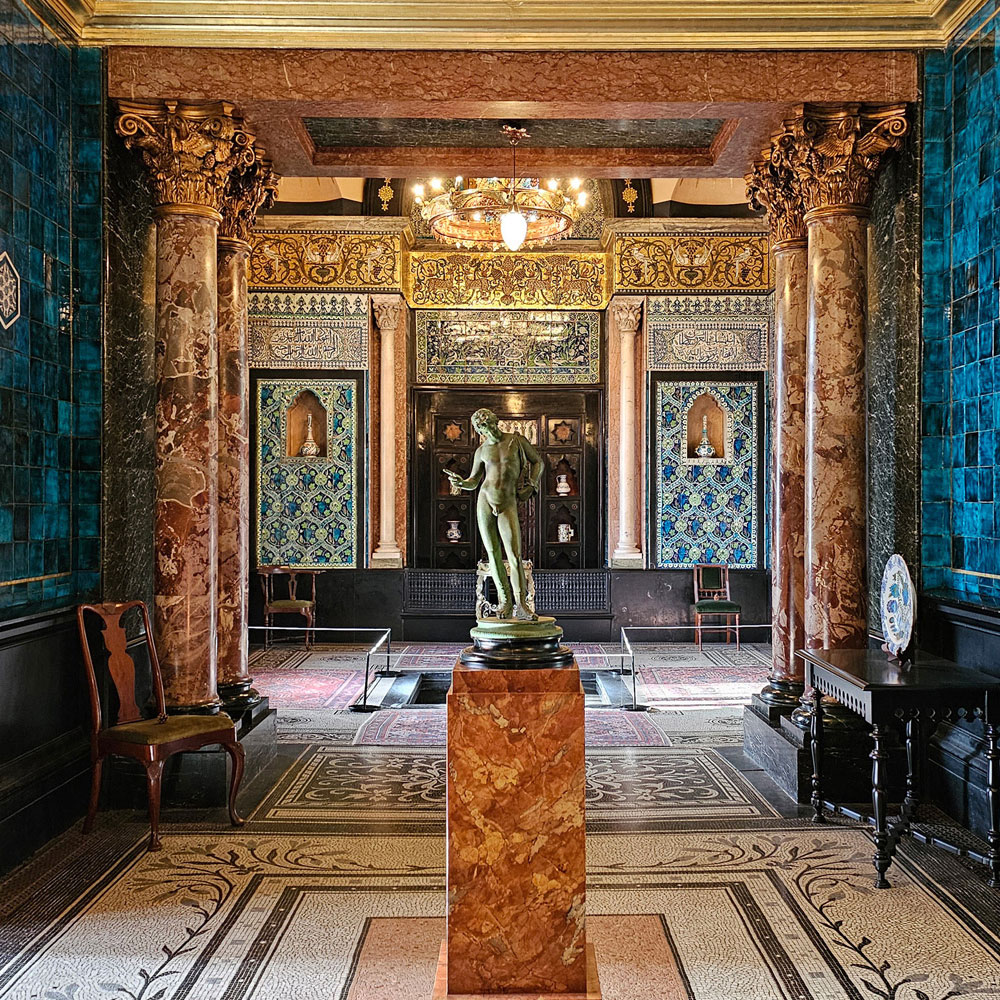
the Design Museum, 2016
MAP | WEST LONDON, HOLLAND PARK
Architect: John Pawson
The Design Museum exhibits product, industrial, graphic, fashion, and architectural design. In 2018, the museum won the European Museum of the Year Award. The museum operates as a registered charity, and all funds generated by ticket sales aid the museum in curating new exhibitions. Founded in 1989 by Sir Terence Conran, the museum is the place in the UK where the design industry, education and the public come together to change the way people think about themselves and the future through the lens of design.
Open: 10am-5pm M-Thurs, 10am-6pm Fri-Sun
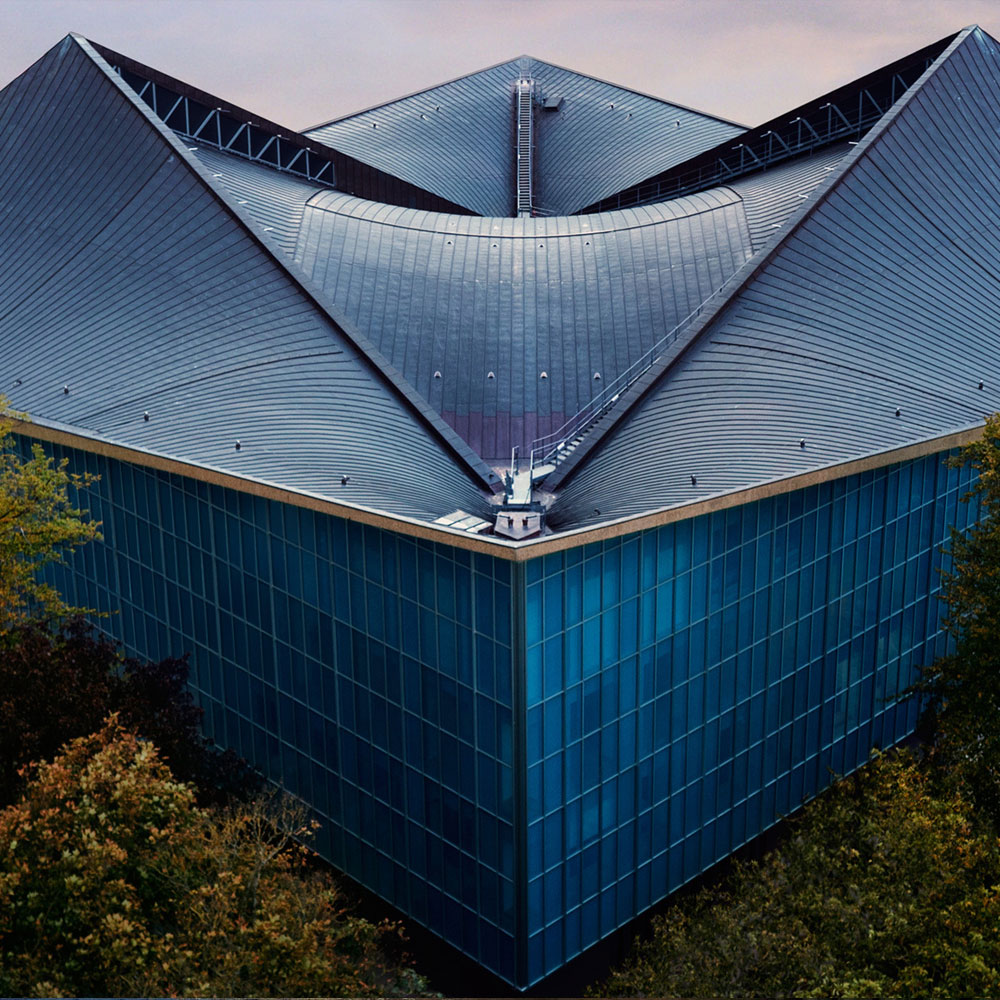
18 Stafford Terrace, Linley Sambourne House
MAP | WEST LONDON, KENSINGTON
Sambourne House is a wonderful time capsule of a museum, revealing much about how Victorians lived with Aesthetic interiors. The home of the Punch illustrator Edward Linley Sambourne (1844–1910), the museum gives insight into upper-middle-class family life in the later Victorian/Edwardian period.
Aesthetic influences can still be seen permeating throughout the house, from decorative Sunflower motifs in the stained glass windows, to the fine selection of William Morris wallpapers that hang within the rooms, through to the displayed collection of blue-and-white Chinese import porcelain.
Open Wed-Mon, 10am–5:30pm (last entry 4:30pm)
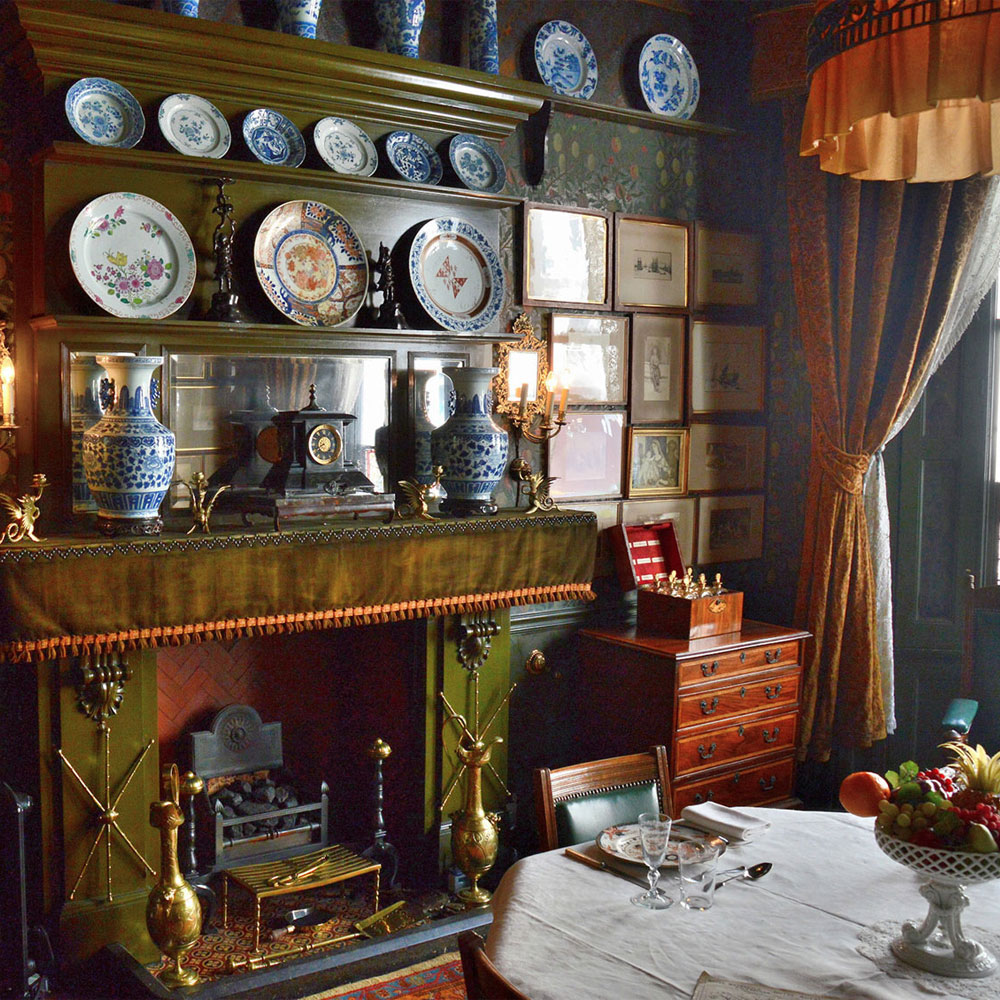
Thomas Carlyle’s House
MAP | WEST LONDON, CHELSEA
The Victorian era is littered with ‘Great’ men and Carlyle certainly classed himself among them. Despite being a ‘most brilliant and interesting woman’, his wife Jane was relegated to housewife duties. Her role in life was to free Carlyle from such petty concerns and enable him to devote his time to writing.
Their marriage was probably unconsummated. Carlyle was incapable of providing physical affection to his wife, though nonetheless capable of providing for other women. The history of the house is inextricably linked to their unhappy marriage, borne out by the fact that they hired 33 servants in 32 years. No one wanted to live with them.
Open Wednesdays only, 11am-4:30pm

National Army Museum
MAP | WEST LONDON, CHELSEA
The collections of the National Army Museum relate to all aspects of the British army from the English Civil Wars (1642–51) to the present day. They include material from the militia, yeomanry, volunteers, and territorial armies. There is also a strong section on the army in India and on the armies of the East India Company.
Open Daily, 10am–5:30pm
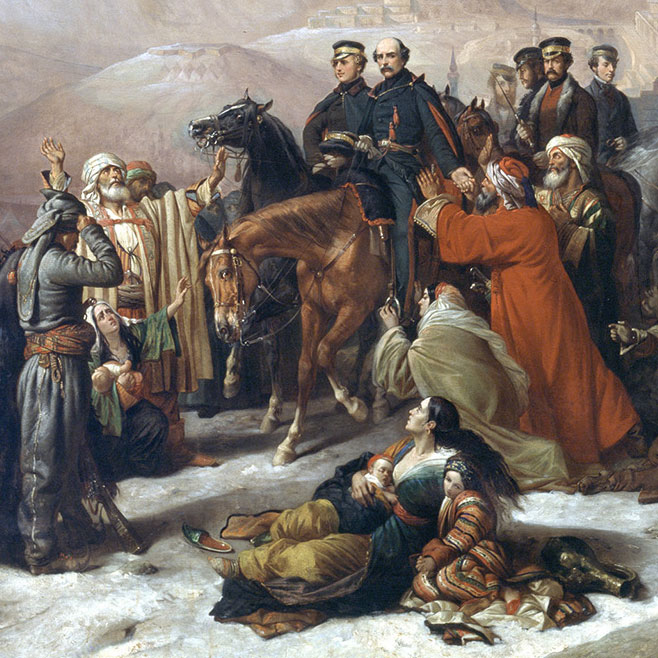
Handel & Hendrix Museum
MAP | WEST LONDON, MAYFAIR
Somehow this works… Handel Hendrix House cares for and presents to the public the homes of two of the greatest musicians ever to have lived in London. George Frideric Handel lived at 25 Brook Street from 1723 until his death in 1759. In 1968, Jimi Hendrix moved into an adjoining flat at number 23.
These buildings are an evolving celebration of Handel and Hendrix’s lives, sharing their music, their stories and our collections as a source of learning, enjoyment and inspiration for all.
Open Wed-Sun, 10am–5pm (last entry 4pm)
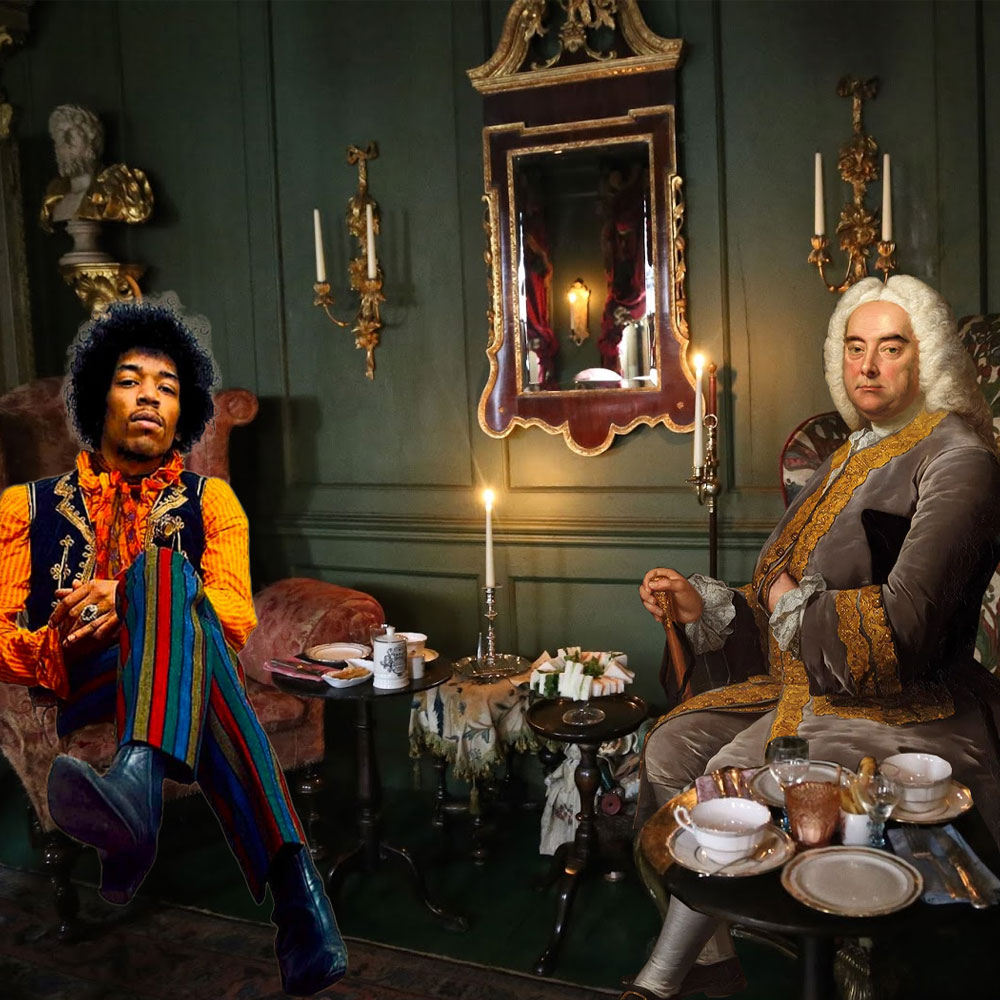
The King’s Gallery
MAP | WEST LONDON, ST. JAMES PARK | EXHIBITION
The King’s Gallery is a public art gallery at Buckingham Palace exhibiting exquisite works of art from the Royal Collection on a rotating basis. The Royal Collection of the British royal family is the largest private art collection in the world.
The museum Typically displays about 450 works, mainly paintings and drawings but also tapestries, furniture, ceramics, textiles, carriages, jewellery, books and sculptures.
Open Daily, 10 July – 31 August 2025, 10am–5:30pm (last entry 4:15pm)
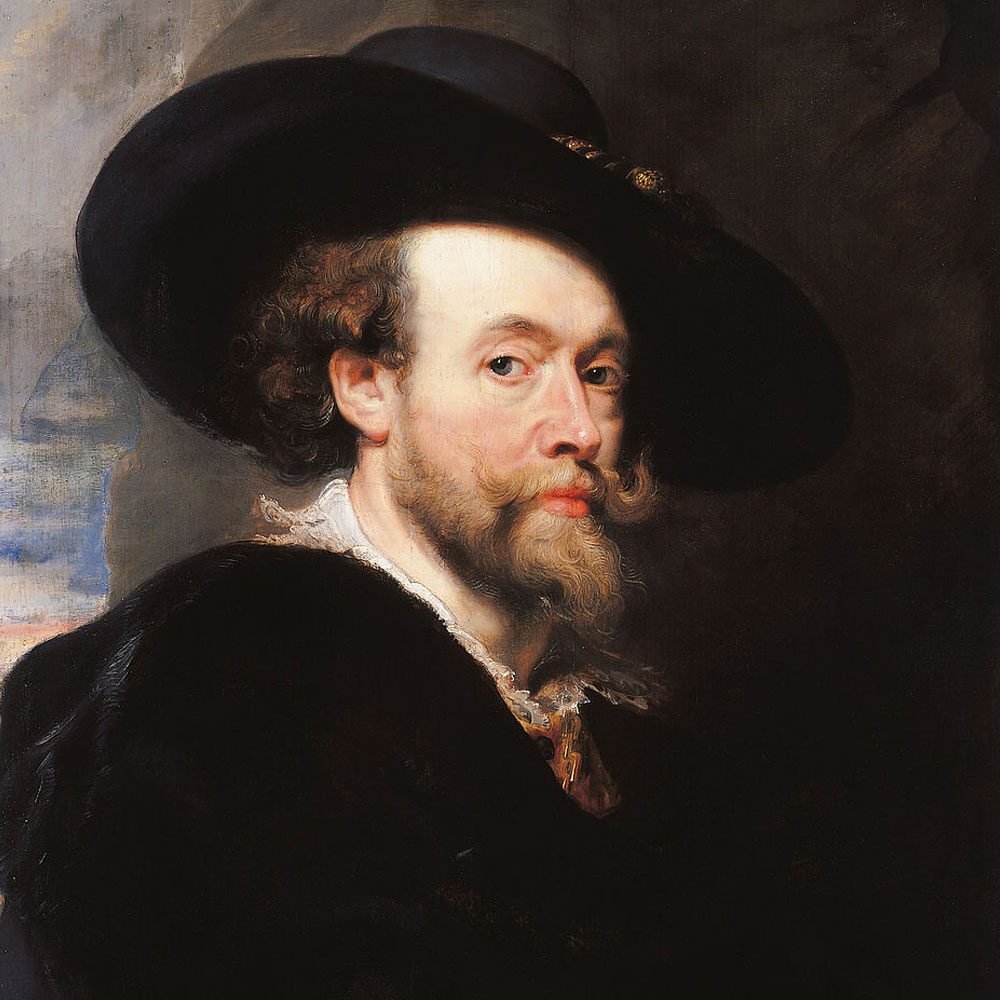
The Royal Mews
MAP | WEST LONDON, ST. JAMES PARK
Home to historic royal carriages and one of the finest working stables in existence. See what goes on behind the scenes at a real working stables in the heart of London.
As part of your visit, you’ll discover the iconic 260-year-old Gold State Coach used at State occasions such as the Coronation of Queen Elizabeth II in 1953, the Platinum Jubilee in 2022 and the Coronation of King Charles III in 2023.
Open Daily, 10 July – 31 August 2025, 10am–5:30pm (last entry 4:15pm)
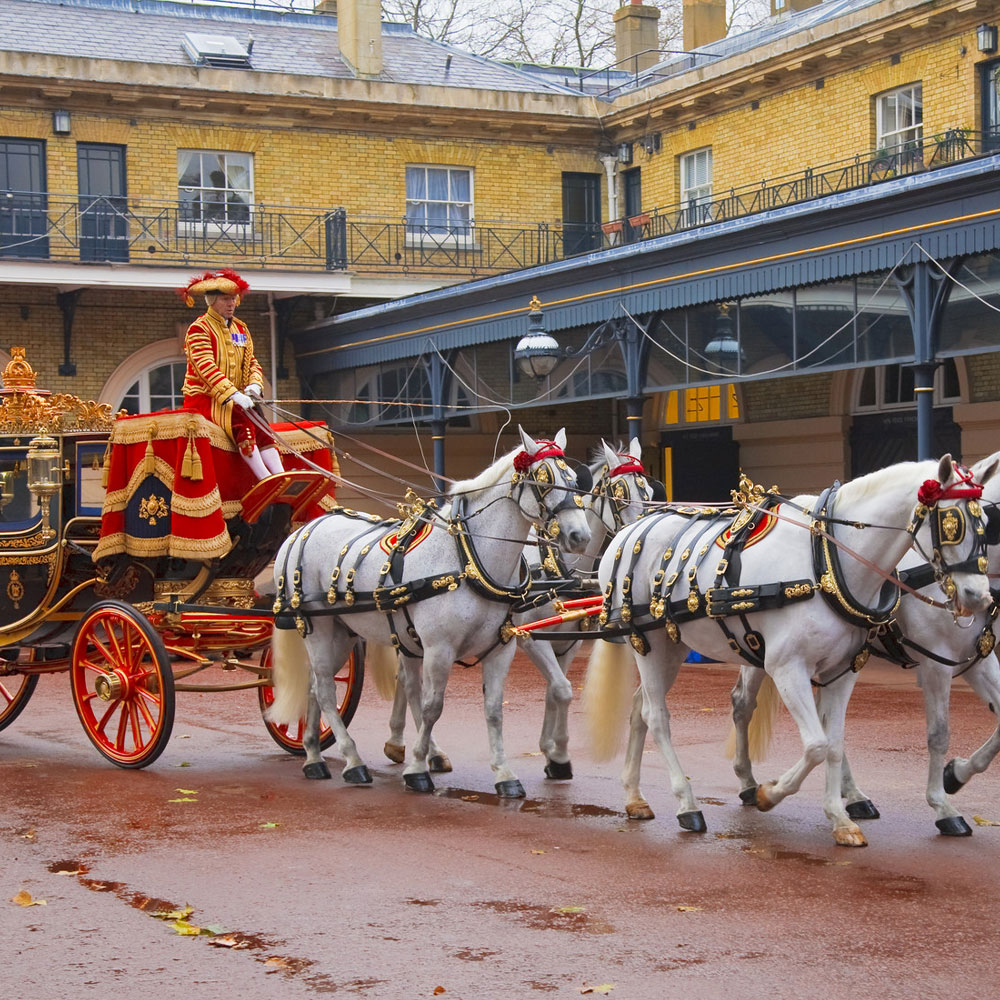
The Royal Academy of Arts
MAP | WEST LONDON, PICCADILLY
For 250 years, the Royal Academy of Arts has been run by leading artists and architects, and nurturing the next generation in the RA Schools. Founded in 1768, it has a unique position as an independent, privately funded institution led by eminent artists and architects. Its purpose is to promote the creation, enjoyment and appreciation of the fine arts through exhibitions, education and debate. The Academy hosts the Summer Exhibition an annual open art exhibition, which means anyone can enter their work to be considered for exhibition. Established in 1769, it is the oldest and largest open submission exhibition in the world and is included in London’s Social Season.
Open: Tues–Sun: 10am–6pm, Fri: 10am–9pm
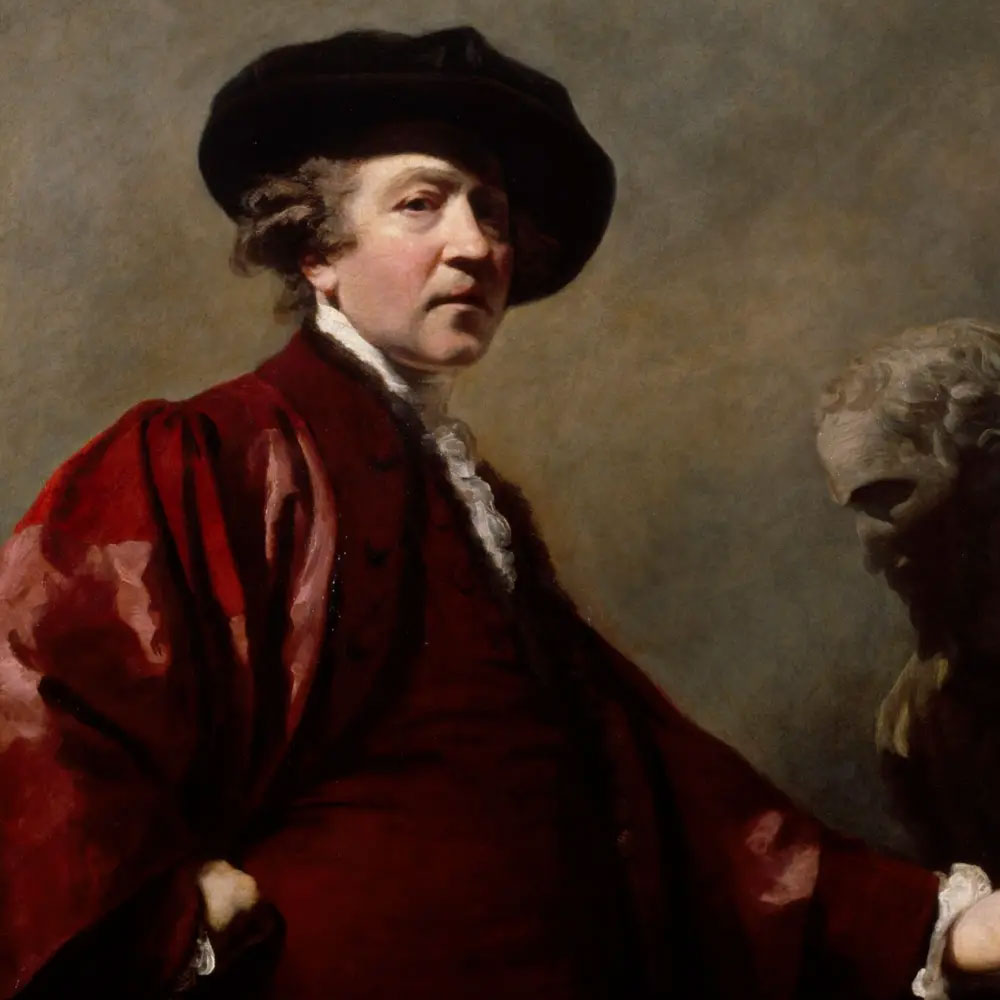
The Courtauld Gallery
MAP | WEST LONDON, THE STRAND
Home to one of the greatest art collections in the UK, The Courtauld Gallery is located in the magnificent historical setting of Somerset House.
The Gallery is particularly known for its Impressionist and Post-Impressionist paintings and temporary exhibitions.
Open Daily, 10am-6pm

CENTRAL LONDON
Wellcome Collection
MAP | CENTRAL LONDON, BLOOMSBURY
The permanent collection of gruesome medical artefacts, is just one of the attractions at this mesmerising and forward-looking London institution.
The permanent collection of medical artifacts, lit by spooky red lighting: shining rows of gigantic curved forceps, rusty ancient prosthetic limbs, phrenology skulls, big-boobed fertility goddess effigies, historical sex aids, apothecary jars, smutty pictures carved on ivory, intricate medicine-themed oil paintings and Napoleon’s manky toothbrush.
Open Tues-Sun, 10am–6pm, Thursdays 10am-8pm

Foundling Museum
MAP | CENTRAL LONDON, BLOOMSBURY
The Foundling Museum in Brunswick Square, London, tells the story of the Foundling Hospital, Britain’s first home for children at risk of abandonment. Artists such as William Hogarth and the composer George Frideric Handel are central to the Hospital story. Besides some wonderful 18thc works of art, the museum houses the histories of thousands of children.
Some of the most moving objects are the Foundling Hospital tokens – including coins, buttons, jewellery and poems – left by mothers with their babies on admission, enabling the Foundling Hospital to match a mother with her child should she ever return to claim it.
Open Tues-Sat, 10am–5pm, Sun 11am-5pm
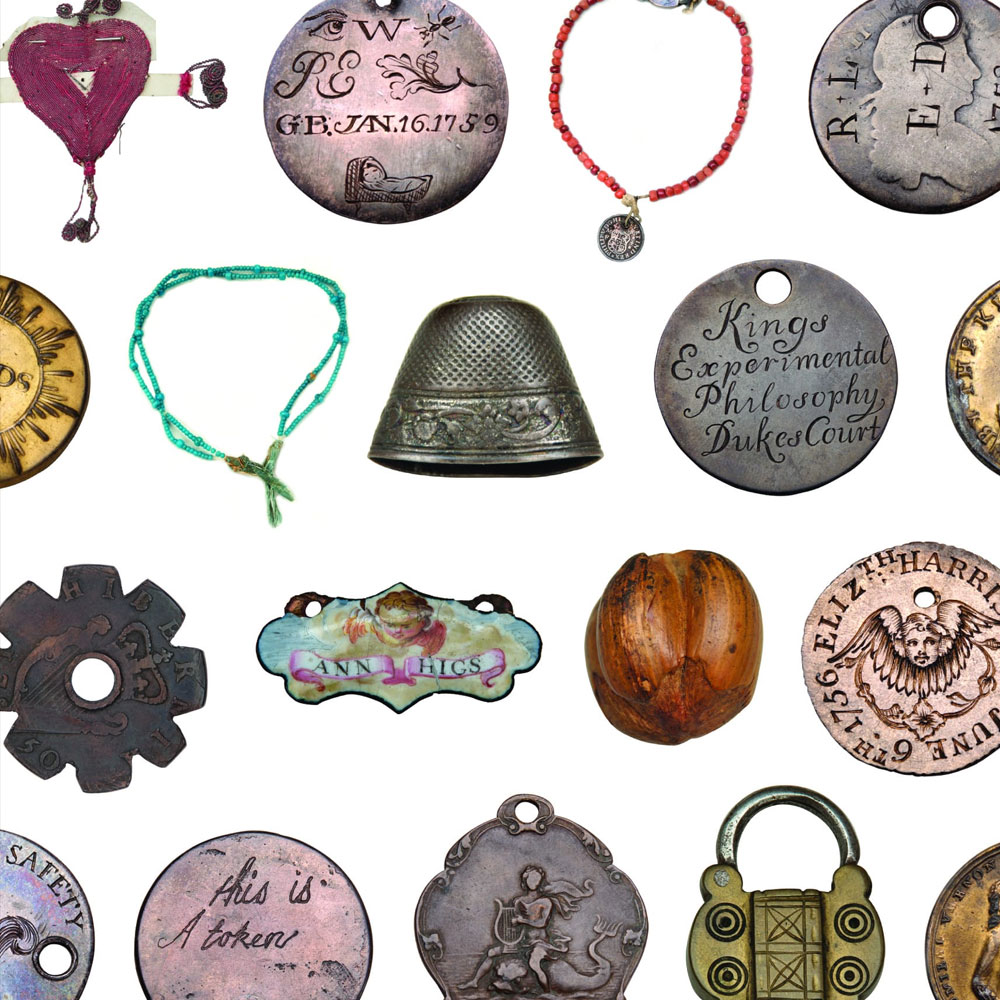
Charles Dickens Museum
MAP | CENTRAL LONDON, BLOOMSBURY
Step back in time and walk the halls in the footsteps of Charles Dickens. See where he wrote, where he dined and where he entertained his many guests with lively readings and performances. The cracks were not yet apparent in his ultimately miserable marriage to Catherine, so this was the home of happy young family.
From the basement kitchen and washhouse to the top floor servant’s bedroom, there are over 100,000 personal items relating to Dickens housed here. The rare books, paintings, photographs and personal objects on display here give a unique insight into his life and work.
Open Wed-Sun, 10am–5pm (last entry 4pm)
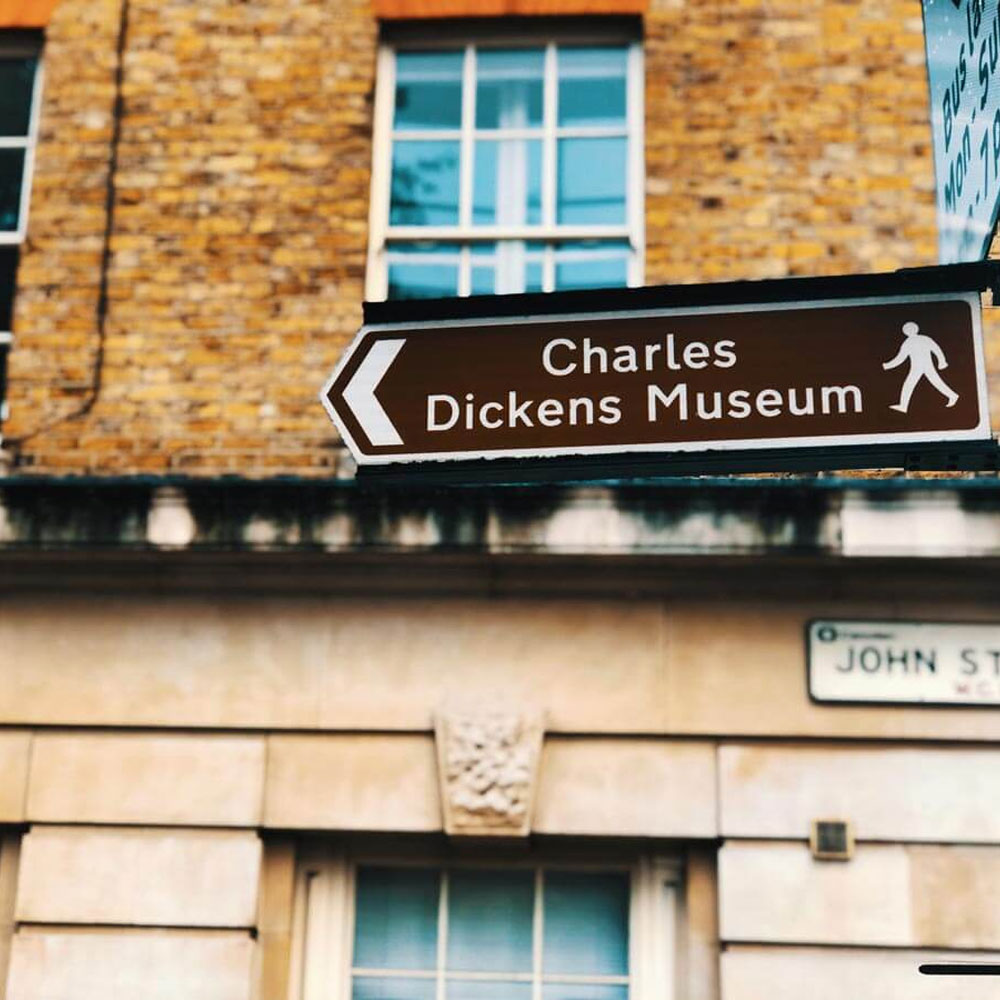
Sir John Soane’s Museum
MAP | CENTRAL LONDON, HOLBORN
Sir John Soane’s Museum was formerly the home of neo-classical architect John Soane. A true gem in the center of London, it is a remarkable spot that houses a vast body of art, sculptures, ancient artifacts, and historical documents – all in a setting of unparalleled, captivating beauty.
The eclectic collection of artifacts is inspiringly curated and displayed, with a wide range of works by Turner and Canaletto to Egyptian antiquities. One of the highlights of the museum is the collection of Hogarth paintings.
Open Wed-Sun, 10am–5pm (last entry 4:30pm)

Dr. Johnson’s House
MAP | CENTRAL LONDON, CITY OF LONDON
Dr Johnson’s House is a rare 17th – century town house just off Fleet Street in the City of London, and home to Samuel Johnson for over a decade in the middle of the 18th century. It was here he had his most prolific writing period, completing his seminal Dictionary of the English Language (1755) as well as writing a play, a novel, periodicals and poetry.
A remarkable example of a Queen Anne townhouse, it contains a wealth of original architectural features, including 18th-century floorboards, a central spiral stairwell, and rare, original ‘moving’ paneled walls on the open-plan first floor.
Open Tues-Sat, 11am–5pm (last entry 4:30pm)
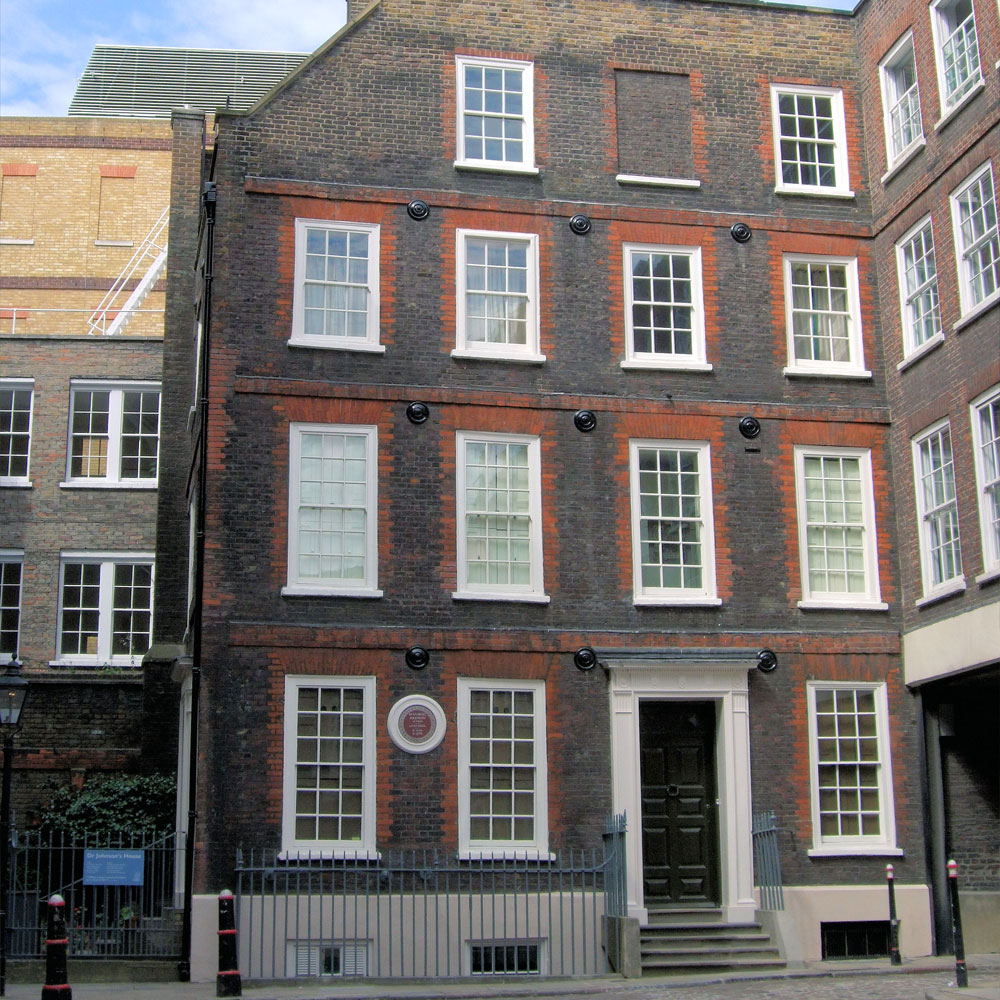
The Guildhall
MAP | CENTRAL LONDON, CITY OF LONDON
London’s Guildhall is located in the heart of the City of London and is home to the City of London’s marvelous art collection with a Roman Amphitheater in the lower level.
Steeped in tradition, the Guildhall invites you on a journey spanning more than 800 years – from the Gothic grandeur of the Great Hall to the largest surviving medieval crypts in London.
Open Daily, 10:30am–4pm

EAST LONDON
Dennis Severs’ House
MAP | EAST LONDON, SPITALFIELDS
More an immersive experience than a museum. Explore the astonishing interiors of this beautiful home as if the 18th-century residents, a family of Huguenot silk weavers, have just left the room. Some tours take place by candlelight!
Each room is a ‘still life drama’, with each detail intentionally placed to evoke traces of the Jervis family, with half-eaten scones, cups of tea and crackling fires. Quiet sounds of 18th century London accompany you with church bells, clopping hooves, footsteps on the creaking wooden floors, or the faint sound of conversations that remain tantalizingly just out of reach.
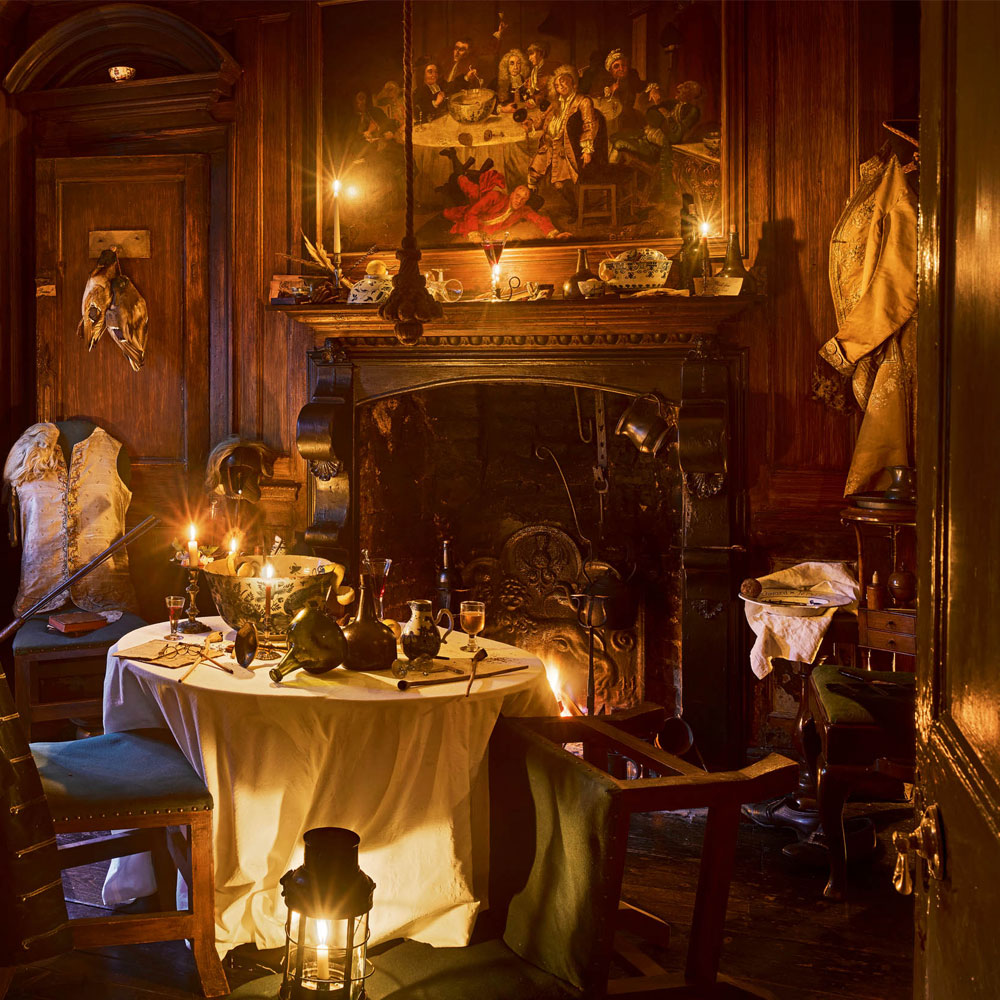
London Mithraeum
MAP | EAST LONDON, CITY
This cultural hub showcases the ancient temple, a selection of the remarkable Roman artifacts found during the recent excavation, and a series of contemporary art commissions responding to one of the UK’s most significant archaeological sites.
The site lies over the course of one of London’s lost rivers, the Walbrook. Nearly 2,000 years ago when Londinium was founded by the Romans, this river marked the limits of their first settlement. In the 3rd century AD, nearly 200 years after the founding of London, a Roman Londoner, built a temple to the god Mithras on this reclaimed ground, next to the river.
Open Tues-Sat, 10am–6pm, Sun 12pm-5pm

Geffrye Museum
MAP | EAST LONDON
The Museum of the Home, formerly the Geffrye Museum, is a free museum housed in an 18th-century Grade I-listed former almshouse.
The museum explores home and home life from 1600 to the present day with galleries which ask questions about ‘home’, present diverse lived experiences, and examine the psychological and emotional relationships people have with the idea of “home” alongside a series of period room displays.
Open Daily, 10am–5pm

V&A Museum of Childhood
MAP | EAST LONDON, BETHNAL GREEN
Primarily aimed at children, the V&A Museum of Childhood in London’s Bethnal Green houses the Victoria and Albert Museum’s collection of childhood-related objects and artifacts.
If you are a dollhouse freak like me, then you’ll love their collection. Imaginatively displayed in street form, you can walk between the houses, set at varying heights, some with interactive elements too.
Open Daily, 10am–5:45pm
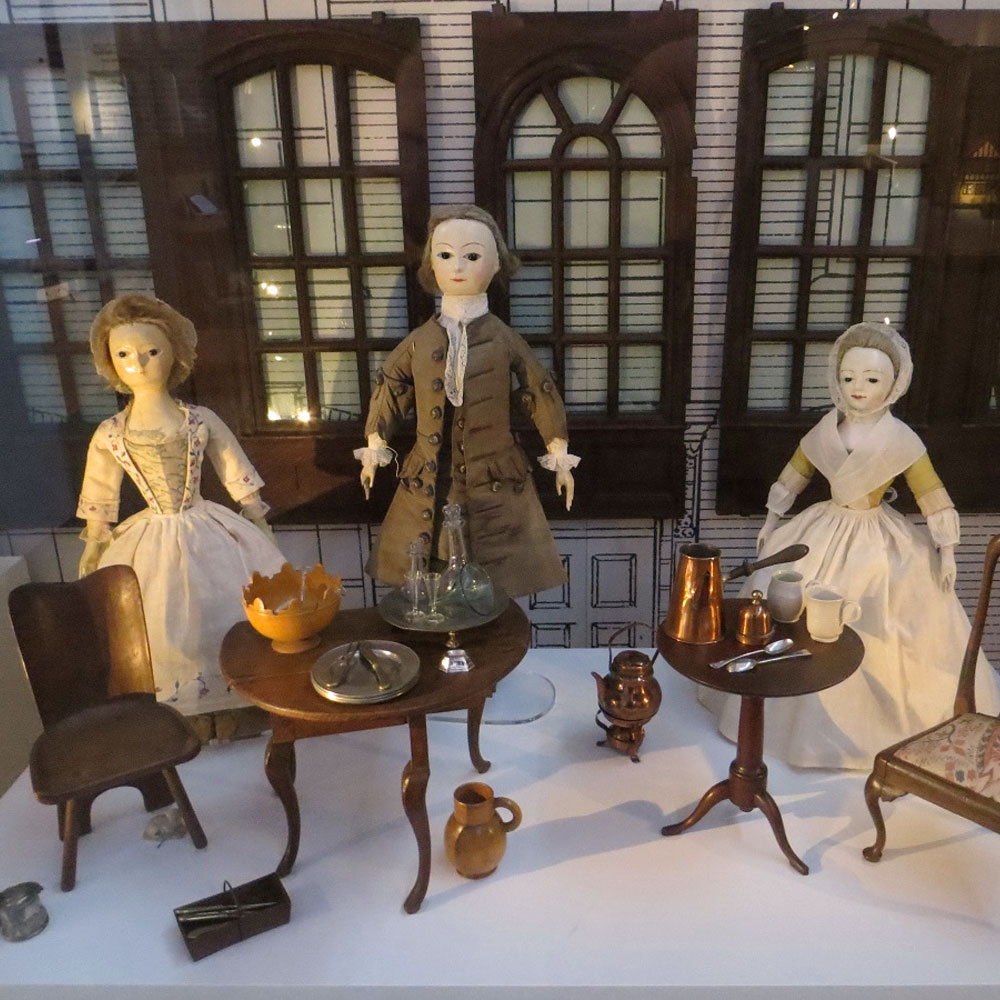
V&A East Storehouse
MAP | EAST LONDON, HACKNEY WICK
As well as providing a purpose-built home for over 250,000 objects, 350,000 library books and 1,000 archives from the V&A’s collections, Storehouse is a new kind of museum experience. It gives you a chance to see behind the scenes of a working museum, explore why and how objects get collected by museums, find out how they are cared for, and uncover the stories they tell about us and our world.
Open Daily, 10am–6pm, Thurs & Sat 10am-8pm
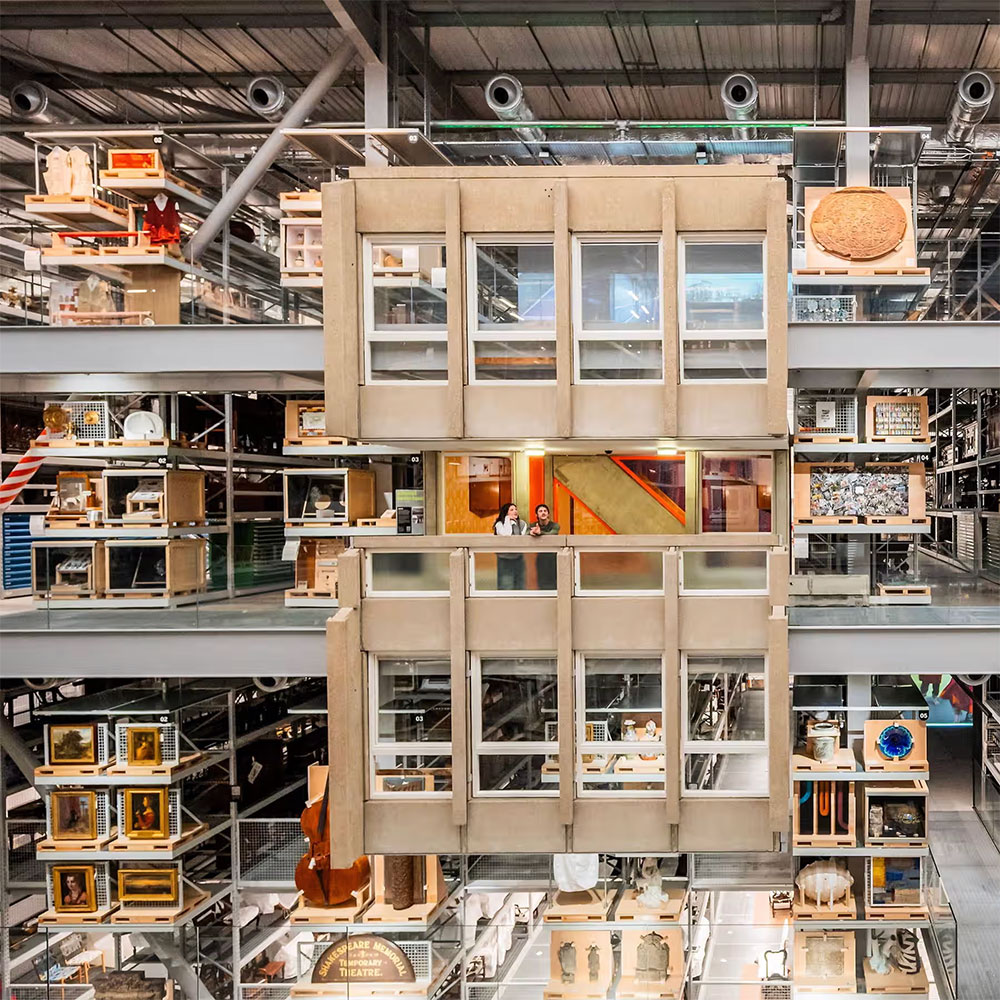
GREENWICH & DULWICH
National Maritime Museum
MAP | SOUTHEAST LONDON, GREENWICH
With a collection of over two million objects, The Maritime Museum aims to achieve a greater understanding of British economic, cultural, social, political and maritime history and its consequences in the world today.
Accused of ignoring the affects Britain’s slave trade had on all these histories, the Atlantic Worlds gallery was created in attempt to tell of the unequal, sometimes brutal histories involved, and the making or unmaking of its many connected worlds.
Open Daily, 10am–5pm
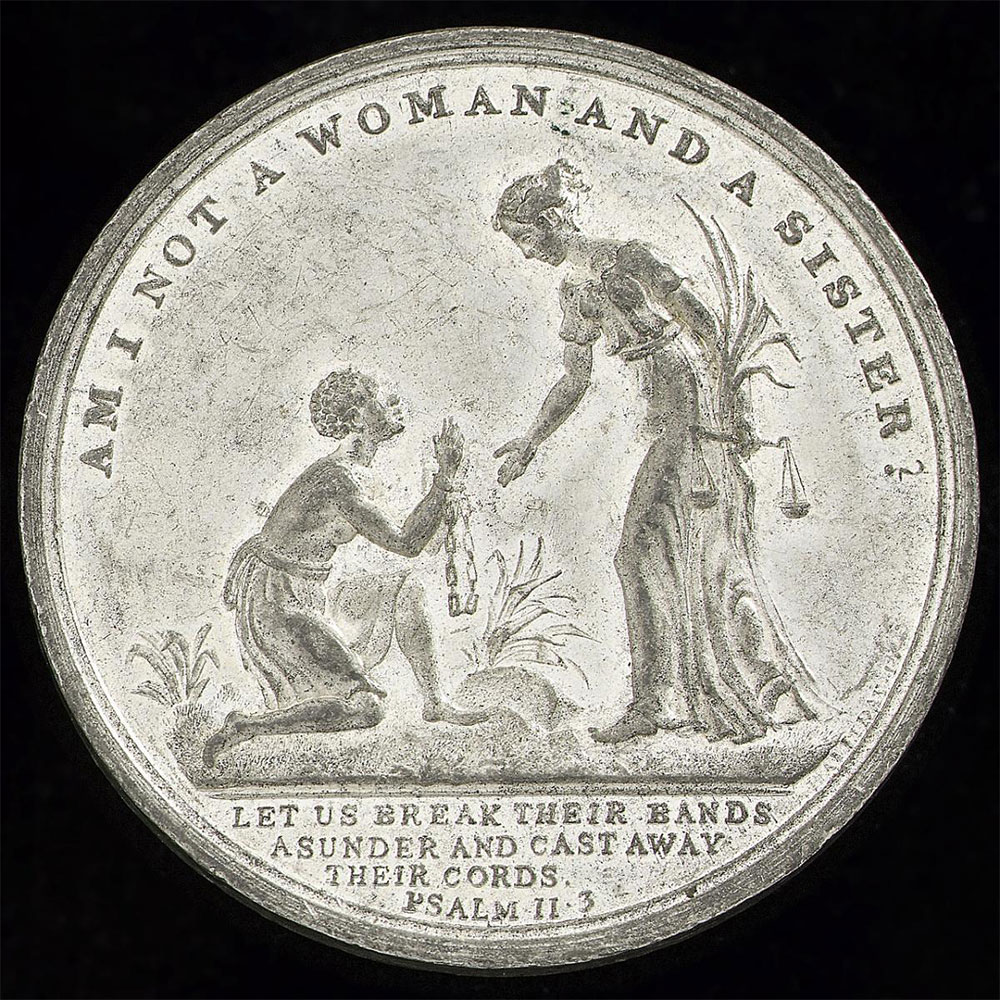
Queen’s House
MAP | SOUTHEAST LONDON, GREENWICH
The exquisite Queen’s House is a former royal residence which now serves as a public art gallery. Designed by no other than Inigo Jones, the house was commissioned by both Anne and Henrietta as a retreat and place to display and enjoy the artworks they had accumulated and commissioned.
It was Jones’s first major commission after returning from his 1613–1615 grand tour and although it diverges from the mathematical constraints of Palladio, Jones is often credited with the introduction of Palladianism with the construction of the Queen’s House.
Open Daily, 10am–5pm

Royal Observatory Greenwich
MAP | SOUTHEAST LONDON, GREENWICH
Founded in Greenwich by King Charles II in 1675, the Royal Observatory is Britain’s oldest scientific institution. Over the centuries, the Observatory firmly established itself as a pioneering place for astronomical discovery, timekeeping, and navigation.
Because the Prime Meridian passed through the courtyard, it gave its name to Greenwich Mean Time. Since 1884, all distances east and west have been measured from the Prime Meridian line in Greenwich. Astronomers at the Royal Observatory took thousands of measurements to define the Prime Meridian and establish zero degrees longitude. In an age before smartphones and satellites, their work transformed how we explored our world.
Open Tues-Sun, 10am–5pm; June-August: 10am-7.45pm (last entry 7pm)
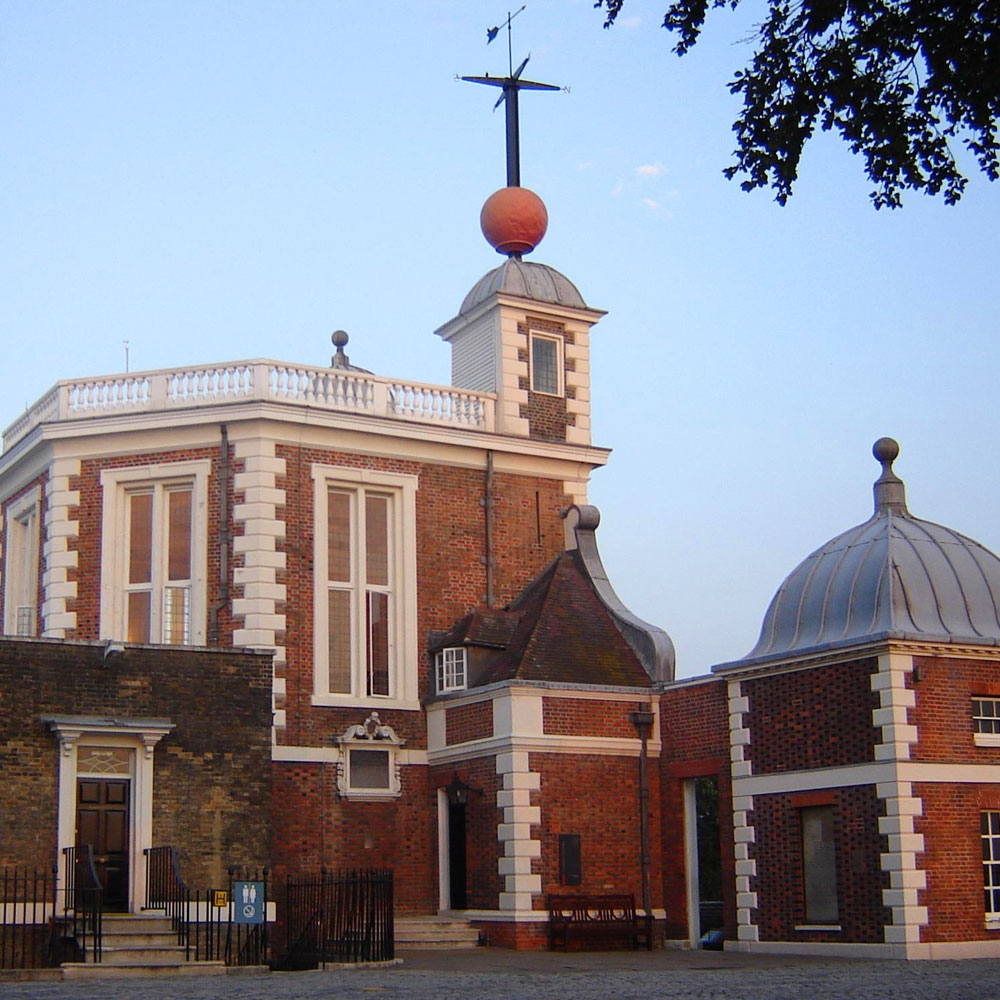
Cutty Sark
MAP | SOUTHEAST LONDON, GREENWICH
Cutty Sark is a British clipper ship, one of the last tea clippers to be built and one of the fastest. Destined for the tea trade, a seasonal trade of a high-value cargo from China to London, the Cutty Shark would sail in only eight “tea seasons”, from London to China and back. The advent of steamships and the Suez Canal made these clippers obsolete.
The story of the Cutty Sark is the story of empire, which is why it is so fascinating. China desired opium from British-held India and were willing to trade vast quantities of tea, now firmly Britain’s national drink, with over 28 million kilograms imported in 1869 alone. VIDEO OPIUM WARS
Summer Hours: 28 June-5 September, 10am-6pm (last entry 5.15pm)
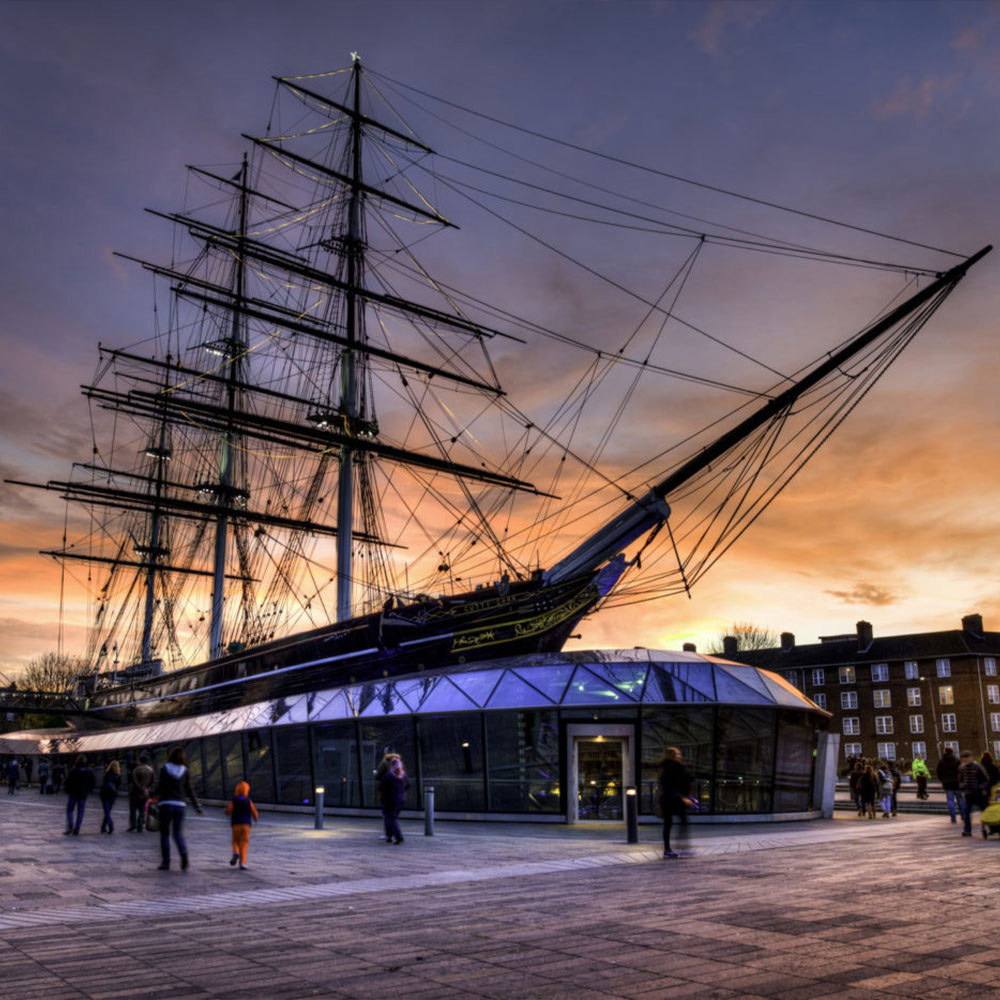
The Fan Museum
MAP | SOUTHEAST LONDON, GREENWICH
The Fan Museum is the world’s first museum dedicated to the preservation and display of hand fans. Located within two beautiful Georgian homes, the museum encompasses more than 1,000 years of fan history & culture and over 7,000 objects.
Along with the museum, there is an orangery decorated with murals, a Japanese-style garden with a fan-shaped parterre, a pond, and a stream. And you can a wonderful, affordable tea!
Open Tues-Sat, 11am–5pm
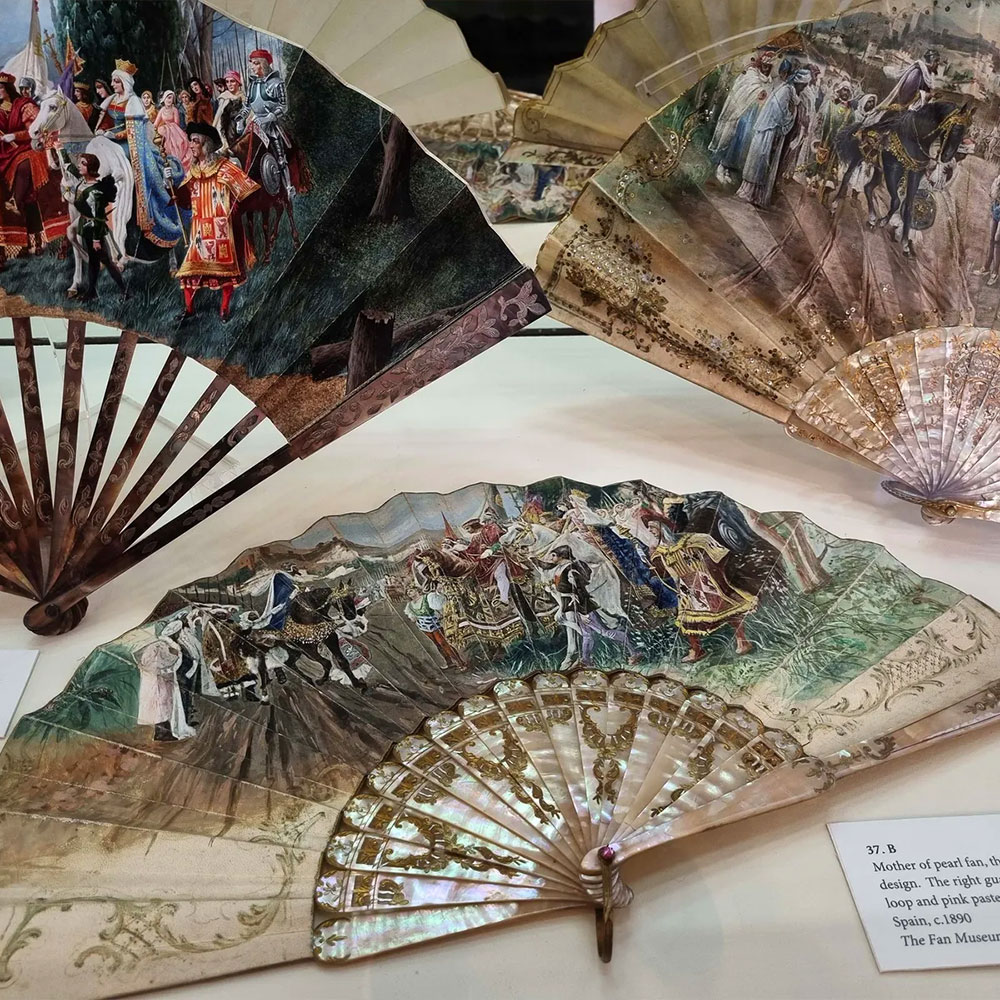
Eltham Palace
MAP | SOUTHEAST LONDON, GREENWICH
Discover a dazzling art deco mansion, explore Eltham’s medieval palace, enjoy the glorious gardens, learn about the life of the Courtaulds.
The hammerbeam roof of the great hall is the third-largest of its type in England, and the Art Deco interior of the house has been described as a “masterpiece of modern design”.
Open Daily, 10am–5pm

Dulwich Picture Gallery
MAP | SOUTHEAST LONDON, DULWICH
The oldest public art gallery in England, Dulwich Picture Gallery is housed in a beautiful Grade-II listed building designed by Sir John Soane.
With one of the country’s finest collections of Old Masters, especially rich in French, Italian and Spanish Baroque paintings, and in British portraits from the Tudor era to the 19th century, this museum is worth the trek out to Dulwich..
Open Tues-Sun, 10am–5pm
